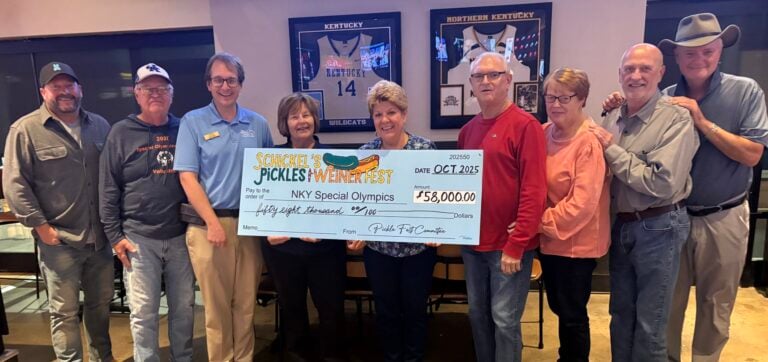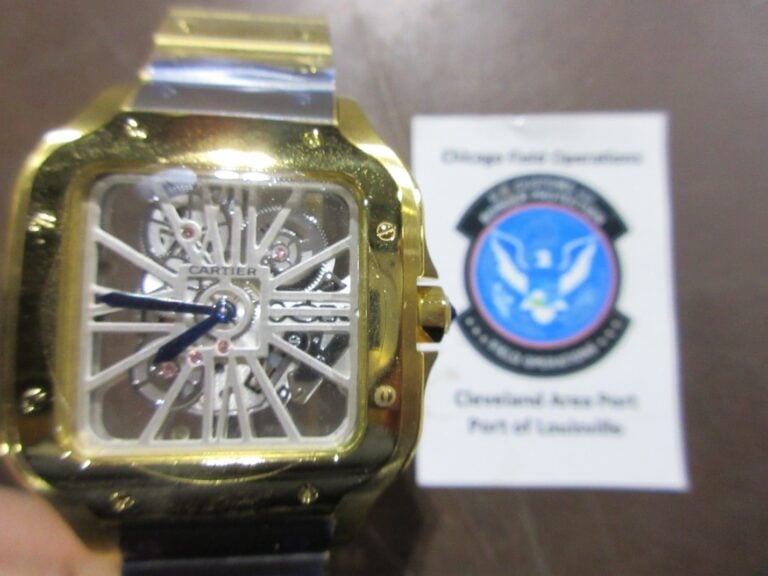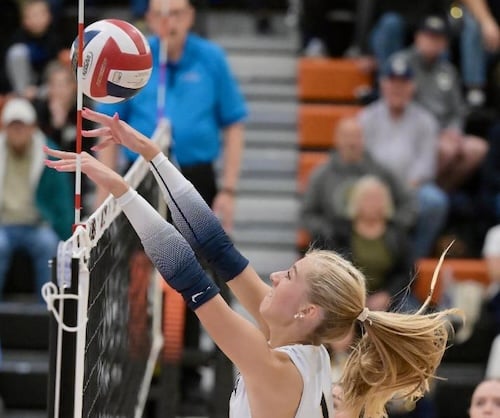The change to Daylight Savings Time was last Sunday, and Spring starts next week on March 20, but temperatures are just beginning to warm up. Earlier this week some areas of the state were still snow covered.
The Winter of 2015 will long be remembered for record-breaking cold and snow. From the perspective of the outdoors, some good and bad will come from all that severe weather at the tail end of winter.
Here are some observations:
* Snow pack. It’s too early to tell what the impact will be, but prolonged snow cover and sub-zero temperatures are hard on wildlife, especially small game. Wildlife has difficulty feeding when the ground is covered with deep snows for several weeks at a time. Cold winds zap body reserves and put wildlife in survival mode.
With good weather this spring and summer, rabbit populations can easily rebound, but quail populations are another matter. In many areas of the state, quail have a tenuous foothold, with small, scattered populations. The loss of a few birds is critical. The areas with the best quail habitat are likely to have the highest quail survival rates.

A heavy mast crop last fall is good news for squirrels, who stash nuts for the winter. Deer put on lots of fat last fall and generally are not as affected by late season snow cover. This time of year, when there’s no mast, deer are feeding primarily on browse, the buds and small stems of woody plants.
* Localized stream flooding and high water. Snow melt is creating floods and high water, which puts an end to any thoughts of early spring fishing in rivers. Water conditions are too dangerous, and the combination of high, cold and muddy water is the worst possible scenario for fishing. But late winter/early spring flooding can have some benefits, too.
Surges of high water scour out stream beds and re-arrange tree limbs and root wads in creeks and rivers, sometimes enhancing cover for fish. Flooding washes food into waterways. With normal precipitation in April and May, creeks, rivers and small lakes will remain bank full, as fish begin to spawn. Flooded shoreline cover encourages fish to stay shallow longer, and can improve spawning success for bass, crappie and other warm water fishes, provided that water levels don’t drop suddenly.
One key to spring fishing success is being on the water when air temperatures and water levels are stable.
* Wet ground. A wet winter means spring and early summer vegetation will be lush and green. This benefits wild turkey and deer searching for food, and can also be a plus for nesting and fawning, giving turkey poults and deer fawns lots of cover to hide in, when they are most vulnerable.
A fast green up is also beneficial to wild turkey hunters, who use the emerging green vegetation to hide their movements in the woods during the spring hunting season (April 18-May 10, 2015).
On the negative side, wet ground means landowners will have to wait longer for fields to dry out, to be able to plow, disk, till and plant wildlife plots — spring oats, clover and other green forage crops for deer and wild turkey.
* Historical temperature swings. Mother Nature has a way of compensating for weather extremes. A rainy spring sometimes means a dry summer.
Live in Kentucky long enough and you’ll probably hear, “What happened to spring? It didn’t last very long.” Our weather can suddenly turn from cold to hot, seemingly, at the flick of a switch. Many years we have light frost in April and summer-like weather in May.
According to one online weather forecasting service, temperatures for the next two weeks in Lexington-Fayette County will be on average or above average 12 of the 15 days from March 11 through March 25, 2015. Get the details here.
Anglers need to watch the weather carefully. When the weather warms up and water conditions improve, it’s time to go fishing. Fishing conditions are likely to improve rapidly, especially after the unseasonably cold winter we’ve had.
Art Lander Jr. is outdoors editor for KyForward. He is a native Kentuckian, a graduate of Western Kentucky University and a life-long hunter, angler, gardener and nature enthusiast. He has worked as a newspaper columnist, magazine journalist and author and is a former staff writer for Kentucky Afield Magazine, editor of the annual Kentucky Hunting & Trapping Guide and Kentucky Spring Hunting Guide, and co-writer of the Kentucky Afield Outdoors newspaper column.





















